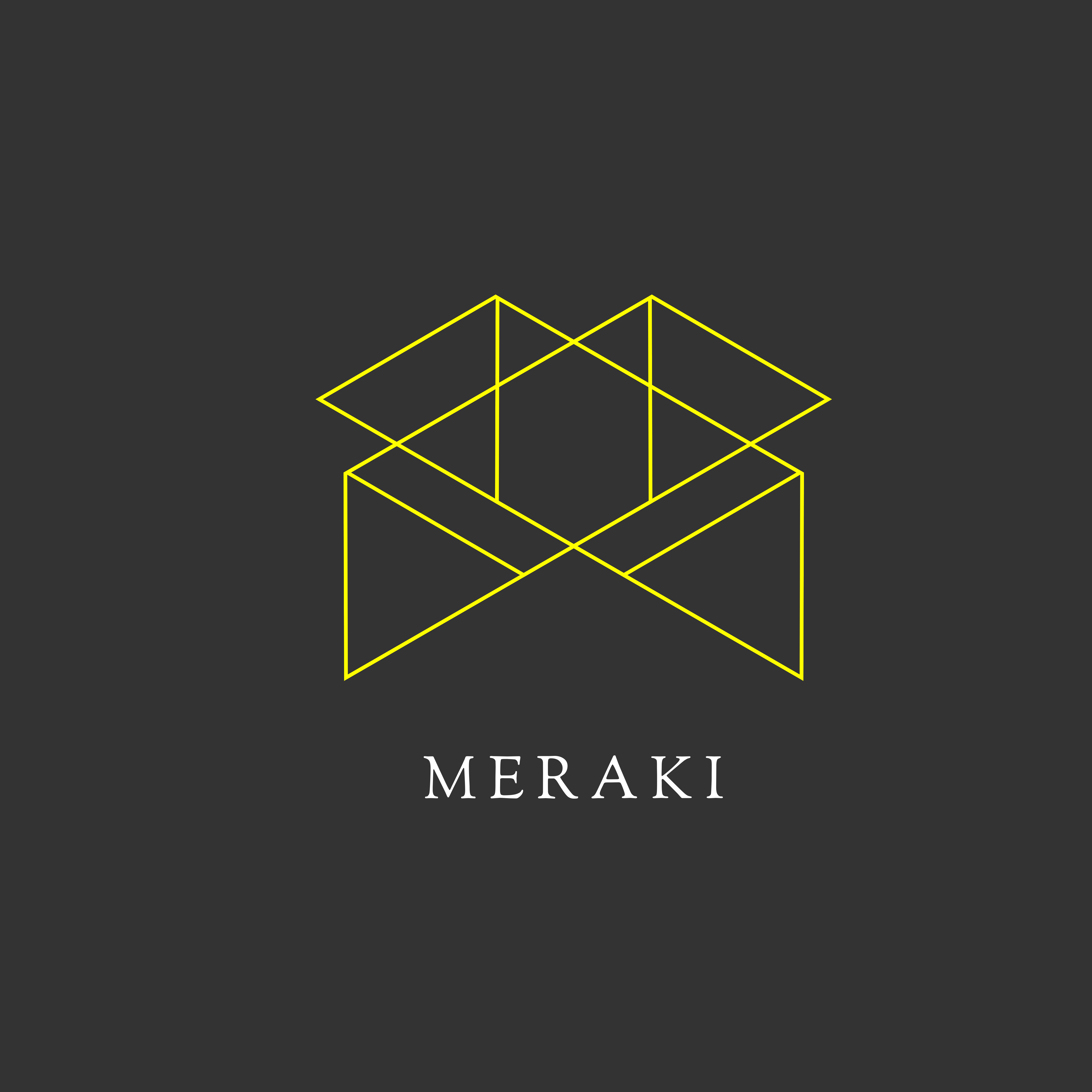Content
If you are fortunate enough to have these skills then you will save thousands of dollars on development fees. These clay models gave me critical feedback about how the product actually feels in a user’s hands. A looks-like prototype focuses on the look, feel, form, and aesthetics of the product. For your looks-like prototype you’ll use prototyping techniques such as foam, clay, 3D printing, CNC machining, and eventually injection molding.

In case you are in need for a prototype with many dynamic details and much content including a high level of interactivity between these elements, you are recommended to use Axure or JustInMind. Check if there are enough libraries, tutorials, materials, and help documentation, templates, and widgets to obtain support and help. Will I have a chance to simulate well the intended interactivity of the prototype with the help of the tool?
Manage Time, Cost and Resources
Prototypes will help you better understand the problem you’re solving in design. The term “prototype” is used in many different contexts, so it can be difficult to understand what it really is. Build your UX career with a globally recognised, industry-approved qualification. Get the mindset, the confidence and the skills that make UX designers so valuable. Professional Diploma in UX DesignLearn the full UX process, from research to design to prototyping.

The use of prototypes contributed to the direct aural and visual communication team members had with each other. The prototypes were critiqued and approved, and in this way they structured the prototype a website design process for the engineers (Perry & Sanderson, 1998). Product builds are any three-dimensional representation of an idea that an audience and designer can manipulate and experience.
Provide Focused Feedback
The 4 types of project prototyping are feasibility prototypes, low-fidelity user prototypes, high-fidelity user prototypes and live-data prototypes. Learn how to improve your design thinking techniques by enrolling in the Design Thinking Leader Master’s program from Simplilearn. After devoting hours and hours of time producing an accurate model of how a product will appear and behave, designers are often loathed to make changes. The five stages in the Design Thinking process are not always sequential — they do not have to follow any specific order, they can often occur in parallel and be repeated iteratively. As such, the stages should be understood as different modes that contribute to a project, rather than sequential steps.
Sketches are “rough drawings representing the chief features of an object or scene and often made as a preliminary study” (Sketches, n.d.). Because sketches are simple and easily created, they are used by designers in the automotive industry to develop new design concepts. Researchers studied six designers at the Ford design studio to understand the physical and mental processes these designers go through as they sketch. They compared the process of these professional designers to student designers to ascertain the differences between the two groups. The primary goal is to test the logic of the design with users, experts, and clients.
Prototype is not
They can be as complex as working versions of a tool, 3-D prints, or even Lego/fabric-based lower fidelity builds. They can also be of varying levels of fidelity, as initial product builds may include a few layers of the design (such as the physical shape and visual coloring/representation). However, later prototypes can have increasing more fidelity, including prototyping various versions of audio, music, content, and dynamic interactivity to test how effective each new design element is. Furthermore, studies show it is easier for designers to process complex ideas with visual prototypes rather than relying on working memory (Cash, Stanković, & Štorga, 2014).
- They give you a much better feel of how the final product will look like.
- You must consider enrolling for one of the best Agile certifications.
- One of the most effective and impactful skills a designer can acquire is prototyping, which includes anything from making straightforward wireframes to testing completely functional mockups.
- Company ABC is creating a new payment part of a website for digital checkouts.
- However, traditional prototype manufacturing methods like injection molding may be more expensive upfront but may be more cost-effective for larger production runs.
- Using our real-time dashboards gives you a high-level view of everything from time on tasks to costs, workload and more.
However, if these fixes are not repeatable at the production scale, they will make the prototype less representative of the final part. The worst case scenario would be if your product ended up in the hands of a customer and they seriously injured themselves due to a design flaw. No business owner wants to face a lawsuit or a recall after a product launch.
Understanding the 4 Agile ceremonies
We cannot stress enough how critical prototype development is to product development. The “refine, prototype, test” cycle is repeated several times for components and the whole design before manufacturing. If you do not have a solid working product prototype before you start the new product introduction process, your product may not work. Product failure could lead to you being out hundreds of thousands of dollars in tooling, setup, and production costs.

First, though, it’s important to understand the value of prototyping—which brings us to section three. The timeline for completing a prototype design can vary depending on the complexity of the prototype. Simple concept prototypes can be completed in just a few weeks, while more complex functional prototypes can take several months to complete. And harnessing additional brainpower to solve the right needs in the right way invariably leads to a superior final product. Paper prototypes can be created quickly and intuitively without getting absorbed by pixel-pushing and they’re easier to throw away so you won’t get as attached.
openelms.ai Launches the World’s First Elearning Designed 100% Using AI
Hence, customer involvement and feedback are crucial to the success of our design process. One of the phases before releasing the https://globalcloudteam.com/ finished product is building a prototype. Here are a few ideas for why prototyping is essential during the design process.

